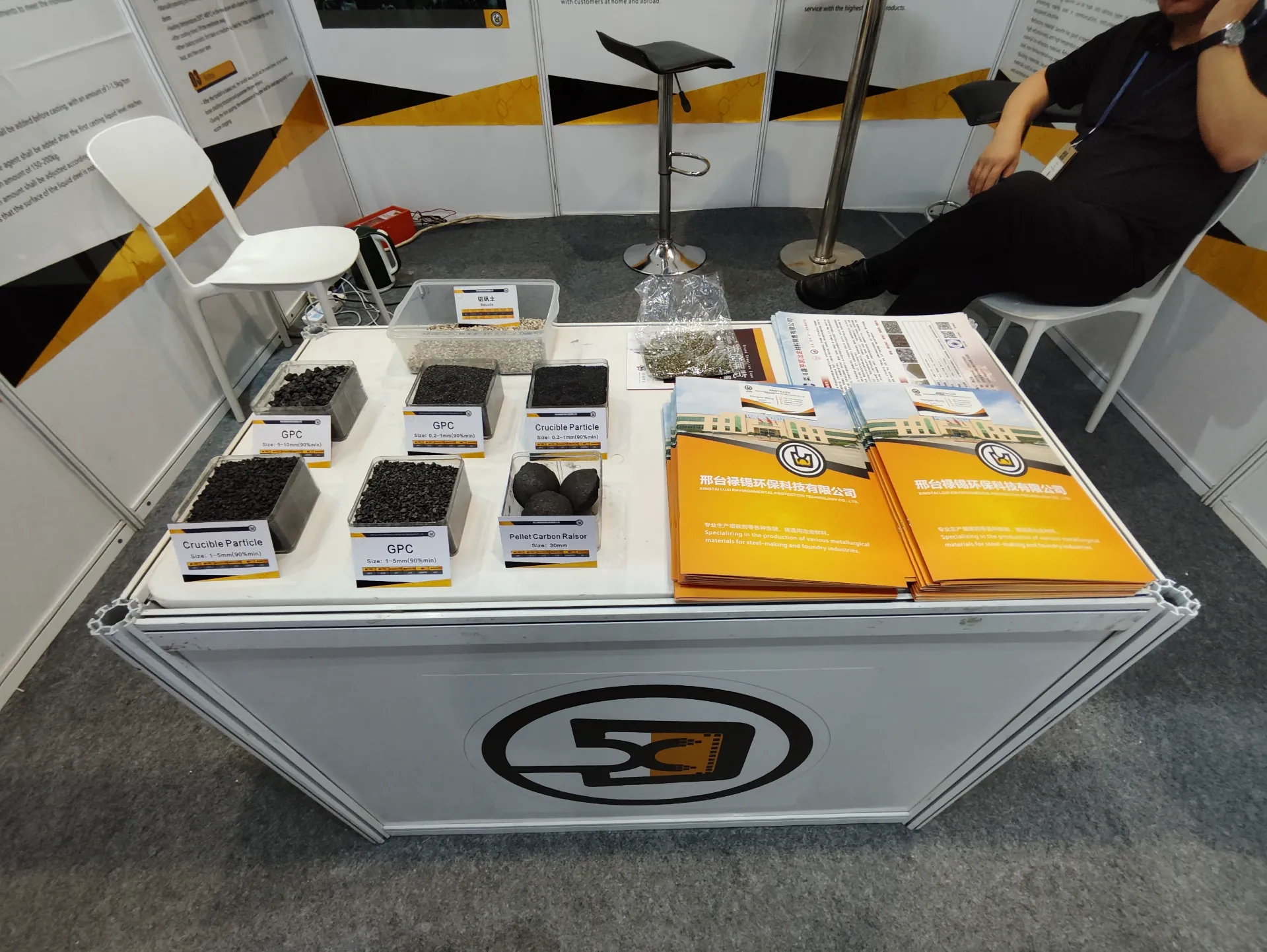Dec . 03, 2024 23:03 Back to list
thermal insulation materials for hvac manufacturer
Thermal Insulation Materials for HVAC A Comprehensive Overview
In the realm of heating, ventilation, and air conditioning (HVAC), thermal insulation plays a pivotal role in enhancing the efficiency and performance of HVAC systems. The choice of insulation material can significantly impact energy consumption, system durability, and overall comfort within a building. This article delves into the various thermal insulation materials utilized in HVAC systems, their properties, advantages, and considerations for manufacturers.
Understanding Thermal Insulation
Thermal insulation refers to materials used to resist the transfer of heat. This property is essential in HVAC applications, where temperature control is paramount. Effective insulation minimizes heat loss in winter and heat gain in summer, contributing to energy efficiency and cost savings.
Common Types of Thermal Insulation Materials
1. Fiberglass One of the most widely used insulation materials, fiberglass consists of tiny glass fibers that trap air, thereby reducing heat transfer. It is non-combustible, affordable, and effective for a wide range of temperatures. However, proper handling is crucial, as loose fiberglass can irritate the skin and respiratory system.
2. Foam Insulation This category includes both rigid and spray foam options. Rigid foam boards are often used in commercial applications, providing high insulation values (R-values) and resistance to moisture. Spray foam insulation forms a seamless barrier that can fill gaps and cracks, significantly enhancing air sealing and reducing energy loss.
3. Mineral Wool Also known as rock wool or stone wool, mineral wool is made from natural or synthetic rock materials. It offers excellent fire resistance and soundproofing capabilities. Its ability to withstand high temperatures makes it a suitable choice for applications requiring enhanced fire safety.
4. Cellulose Made from recycled paper products treated with fire retardants, cellulose is an environmentally friendly insulation option. It can be blown into attics and walls, creating a dense barrier against heat transfer. Its application in HVAC systems often contributes to improved indoor air quality when installed properly.
5. Reflective or Radiant Barrier Insulation This type of insulation works by reflecting radiant heat away from living spaces. Commonly used in attics, it helps to reduce cooling costs in hot climates. Radiant barriers are particularly effective when installed correctly to maximize their reflective properties.
Advantages of Using Thermal Insulation in HVAC Systems
thermal insulation materials for hvac manufacturer

The primary advantage of thermal insulation in HVAC systems is energy efficiency. Proper insulation reduces the workload on heating and cooling systems, leading to significant energy savings over time. For manufacturers, promoting energy-efficient systems can be a lucrative selling point, especially in an era where sustainability is increasingly prioritized.
Additionally, thermal insulation helps in maintaining a consistent indoor climate, enhancing occupant comfort. Reduced drafts, stable temperatures, and minimized noise levels contribute to a better living or working environment.
Considerations for Manufacturers
When selecting thermal insulation materials for HVAC applications, manufacturers must consider several factors
- R-value The effectiveness of insulation is measured in R-value, which indicates its thermal resistance. Higher R-values suggest better insulation performance.
- Moisture Resistance Insulation materials should resist moisture to prevent mold growth and structural damage, especially in humid climates.
- Fire Safety Given the potential fire hazards associated with HVAC systems, choosing non-combustible or fire-resistant materials is essential.
- Environmental Impact The shift towards sustainable building practices urges manufacturers to consider the environmental impact of their insulation materials. Recycled content and eco-friendly manufacturing processes can be significant selling points.
- Cost While high-performance insulation may seem more expensive upfront, the long-term energy savings must be factored into the overall cost-benefit analysis.
Conclusion
Thermal insulation materials are crucial for the efficiency and effectiveness of HVAC systems. With a variety of options available, manufacturers must carefully evaluate the properties and performance of each material to meet the needs of their clients and adhere to industry standards. As the focus on energy efficiency and sustainability continues to grow, the role of thermal insulation in HVAC design and manufacturing will become even more vital. By investing in high-quality insulation materials, manufacturers can contribute to a more sustainable future while enhancing the comfort and safety of indoor environments.
-
High Purity Graphitized Petroleum Coke & Low Nitrogen Recarburiser
NewsAug.26,2025
-
Fe-C Composite Pellets for BOF: Enhance Efficiency, Lower Steelmaking Costs
NewsAug.25,2025
-
Durable Building Material for Round Wall Exporters | Custom Shapes
NewsAug.24,2025
-
Tundish Dry Vibrator: Boost Steel Casting Performance
NewsAug.23,2025
-
Thermal Insulation Cups Materials Exporters - Quality & Durable Supplies
NewsAug.22,2025
-
High-Purity Graphitized Petroleum Coke & Low Nitrogen Recarburiser
NewsAug.21,2025
